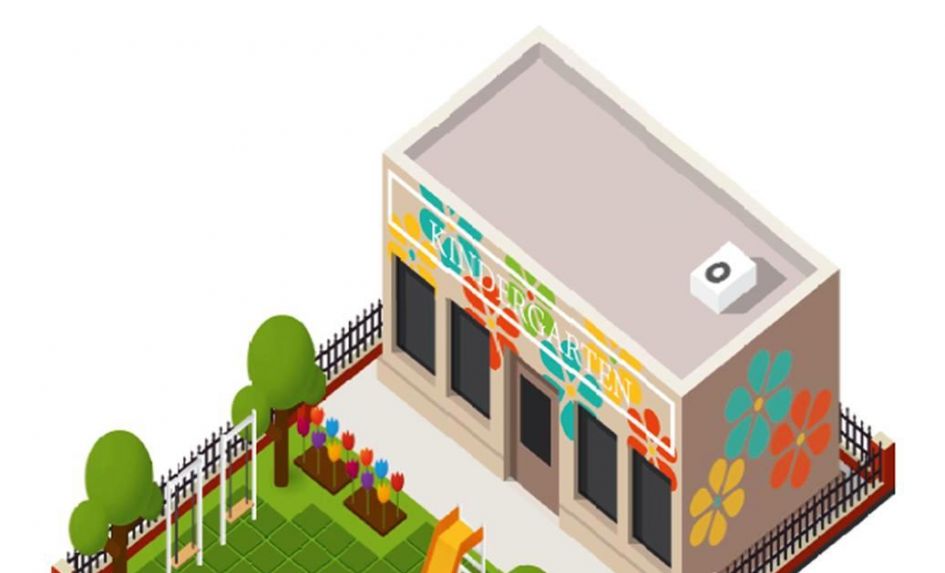1. Remember
What did you do, and how did you feel when you played as a child? It’s important to try and see through the eyes of children, because they perceive things very differently to adults. As an adult, recalling those memories of the places where you played and who you played with is key to understanding children’s feelings and perceptions.
2. Understand play
Play is the primary means by which children learn about themselves and the world around them. That’s obvious to us when we witness a baby’s behaviour, but a child’s inherent curiosity and impulse to find things out will continue throughout the rest of their childhood – which is something we all need to rembember and act upon.
3. Value play
Recognise how essential play is for a good childhood, and how vital it is that your school promotes children’s development in different areas. Children themselves value eating, family and security, but once those are in place, it’s important to appreciate how they value play above everything else.
4. Train
Invest in training about play for all members of staff at your school – and that includes your site manager. A whole school approach needs to involve everyone, though if you want to create a space where children can be themselves and play freely, it doesn’t suddenly ‘happen’ after training – it’s an ongoing process.
5. Embrace risk
People are wary of being sued, and children do need safeguards – but taking risks when playing and managing them for themselves is an important part of how children gain resilience. Children are actually at their most capable and competent when playing. We don’t have to control or manage as much as we think we do.
6. Economise
You don’t need to spend lots of money on quick fixes. Good play spaces need ongoing investment, but not necessarily in the financial sense – more in terms of time, attention and focus. A school might invest in a large climbing frame and think that’s it, but actually, when children are playing, novelty is all.
7. Gather
Collect loose parts from lofts, garages and similar locations (avoiding anything poisonous or sharp). Items such as crates, tires and ropes cost virtually nothing. If they’re regularly swapped out and added to over time, children can use them in almost infinite combinations to experiment with and work things out for themselves.
8. Don’t oversupervise
Stand back and give children room to play their way. This is hard to do, but you’ll soon see how self-sufficient children actually are. Intervene only when it’s really necessary, because children need freedom to learn things for themselves. In your own happiest play memories, were there any adults around?
9. Open grounds
Let children explore your school grounds, especially wooded areas. The natural inclination in some schools is to place these off limits, but children gravitate towards natural spaces. They want to climb trees, go in bushes, dig in the earth. If you’re concerned about mud, collect some wellies that you can keep on hand. Adopt a ‘can do’ approach.
10. Take cues from the kids
Play spaces should always keep evolving, and children will let you know what they need. If you make an effort to listen and observe unobtrusively, you’ll soon start to notice what the children are trying to do and experiment with, and quickly recognise what kind of tools and items will support their play most effectively.
Ali Wood M Ed is a freelance playwork consultant and the co-author, with Jacky Kilvington, of Reflective Playwork, published by Bloomsbury










